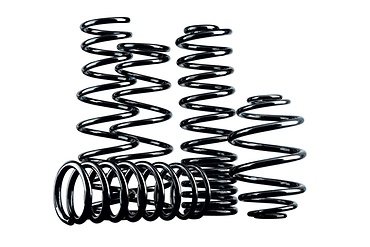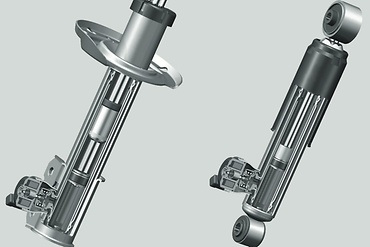Control arms are installed in pairs on the front and rear axle and connect the chassis to the wheels as part of the suspension. Therefore, they have a significant influence on the driving characteristics of the vehicle.
A dynamic or a comfortable driving style? The control arms are individually adjusted to the vehicle depending on the desired characteristics. They also absorb lateral movements and forces resulting from driving off and braking.
How-to-guide
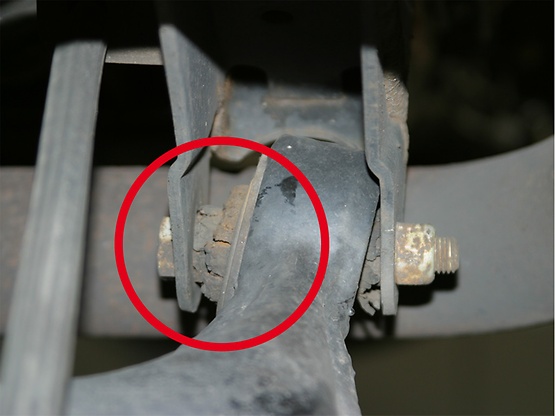
A defective control arm can manifest in the following ways:
- Noise (squeaking, creaking, rumbling)
- Deteriorating driveability
- Increasingly woolly and imprecise steering
- Uneven tyre wear
Tip: If the control arm is in working order, it is possible to only replace the defective bearings and joints. However, replacing bearings, control arm bushings and ball joints can be very complex and costly.
Replacing the entire arm is generally safer and often less expensive too.
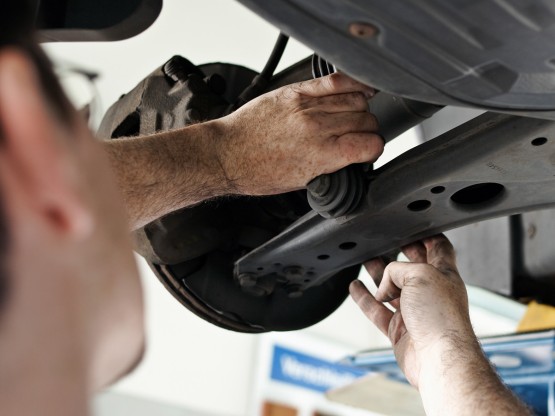
- First lift the vehicle using a car lift, ideally a wheel-free four-post car lift. This makes it easier to correctly tighten the control arm fixing screws.
Warning: Depending on the axle design, the control arm may need to be secured against falling with a suitable device, e.g. a transmission lifter.
- Treat the fixing screws and nuts of the control arm with rust solvent and leave it to work for a few minutes so that they are easier to loosen.
- On vehicles with automatic headlight levelling, it may be necessary to detach the leveling sensor from the control arm.
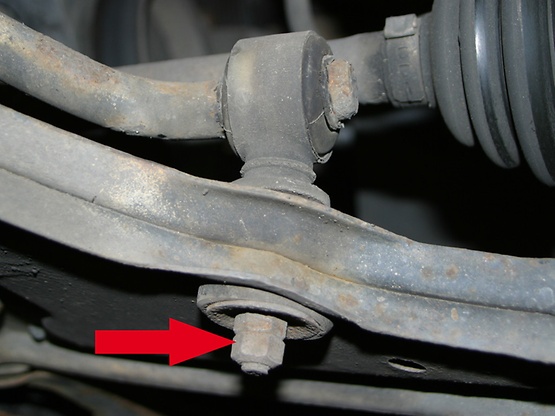
- If the stabilizer is connected to the control arm, the next step is to loosen and remove the corresponding stabiliser fixing screws.
- Loosen and remove the control arm fixing screws.
- Loosen the ball joint at the steering knuckle with a suitable special tool (e.g. a puller).
- Remove the old control arm.

- Clean the mounting flange of the ball joint pin on the steering knuckle with sandpaper and then with brake cleaner. Otherwise single rust particles can enter the new control arm joint via the ball pin, potentially leading to premature failure of the joint.

- Fit the new control arm with the supplied accessories and attach new fixing screws and nuts.
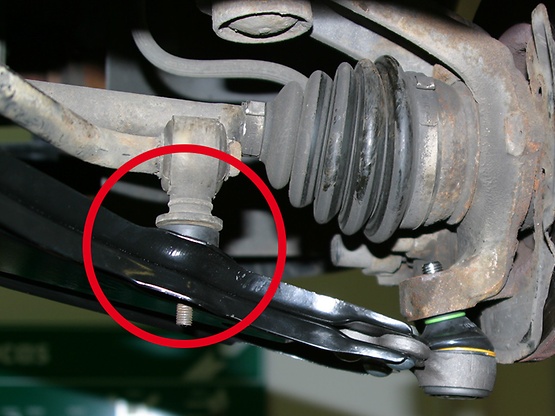
- Reattach the stabilizer and, if applicable, the leveling sensor for headlight leveling to the control arm.
Note: Do not tighten the fixing screws and nuts in this step, otherwise the rubber mounts will twist when the suspension compresses. This would lead to undesired preloading onf the mounts.
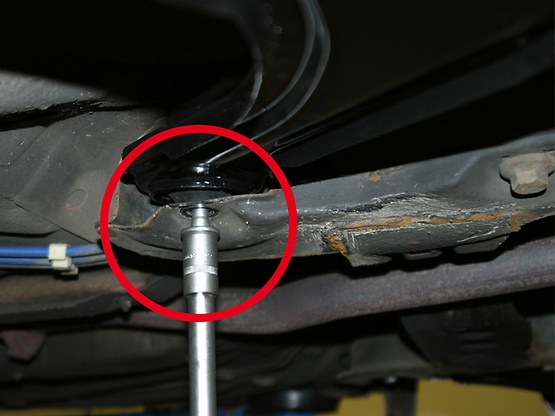
- Now lower the vehicle until the suspension is compressed. Depending on vehicle type, load or unload the vehicle until the required height published in the specific installation instruction is reached. This is where a wheel-free four-post car lift is advantageous, as the underside of the vehicle can still be easily accessed once lowered.
- Tighten the fixing screws with the torque stipulated by the vehicle manufacturer.
- Lower the vehicle all the way.

- Measure the chassis and adjust if necessary.
- Check and, if necessary, adjust the headlight settings on vehicles with automatic headlight leveling where the leveling sensor is attached to the control arm.
- To conclude, test-drive the vehicle.
ZF Aftermarket product range
Discover the complete portfolio of suspension systems in our product catalog.
